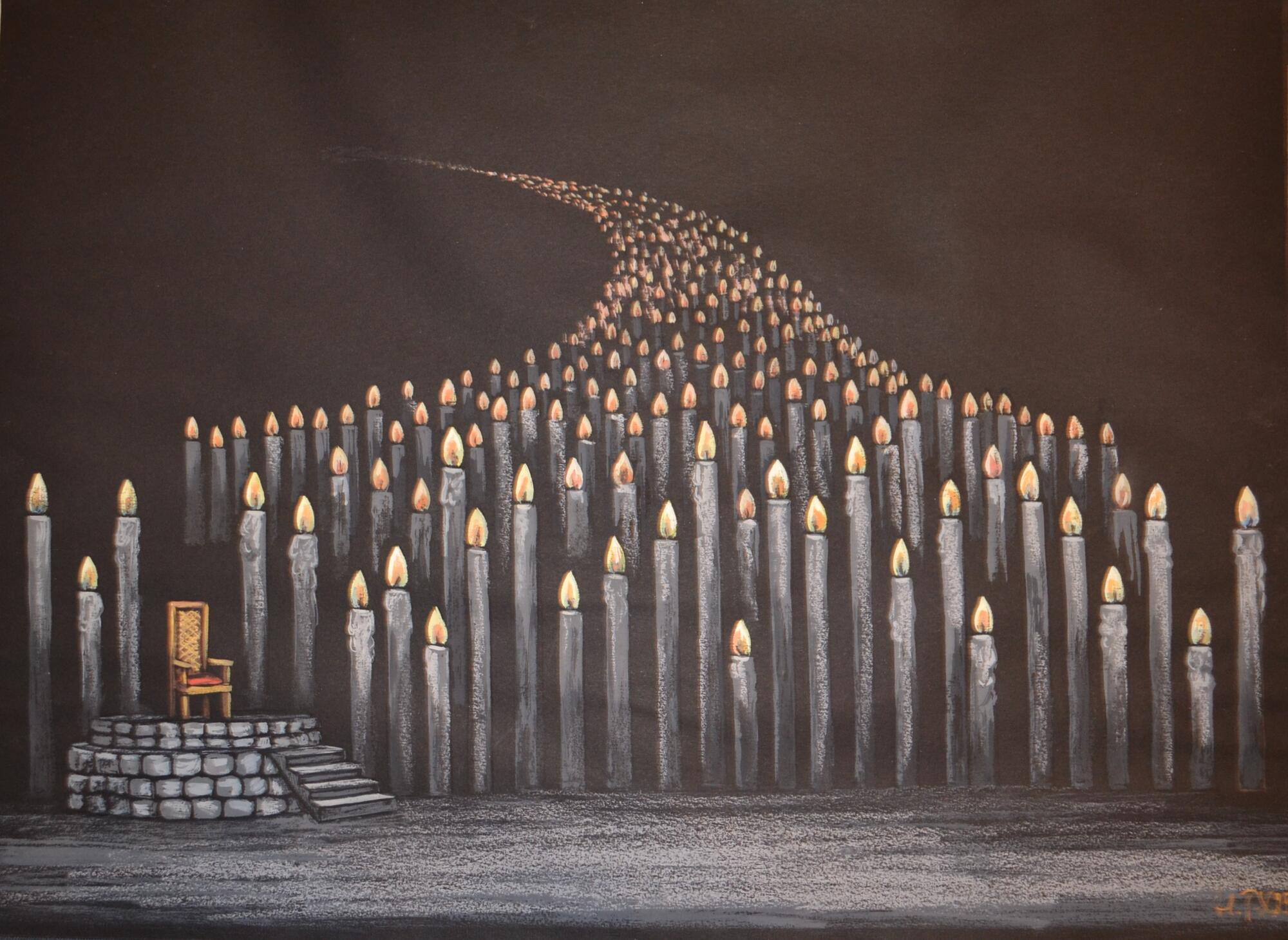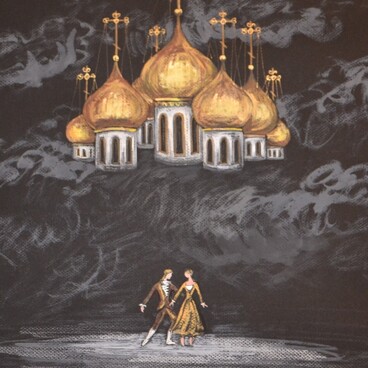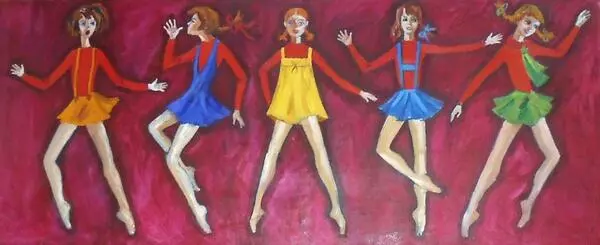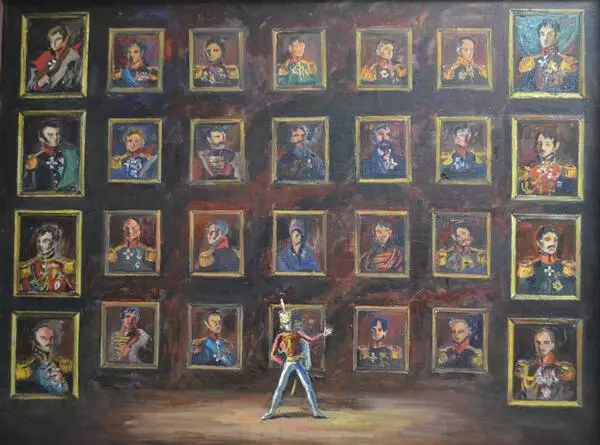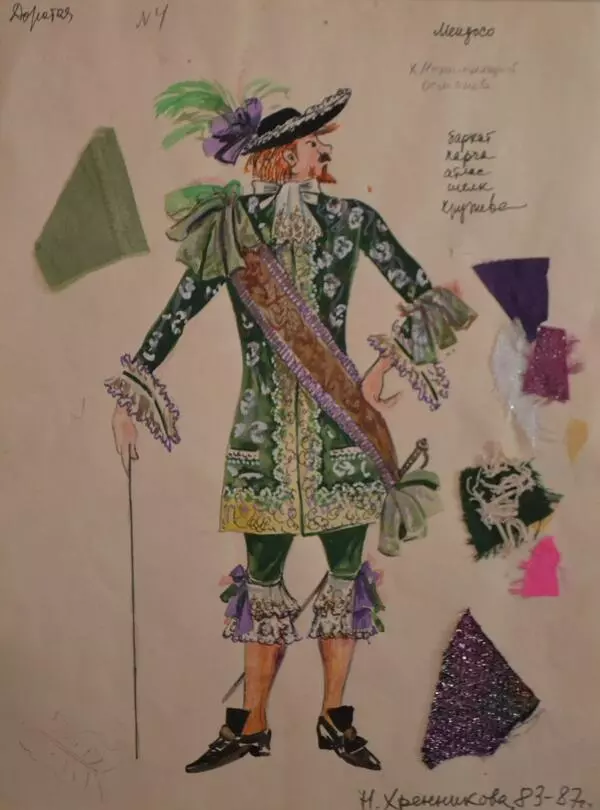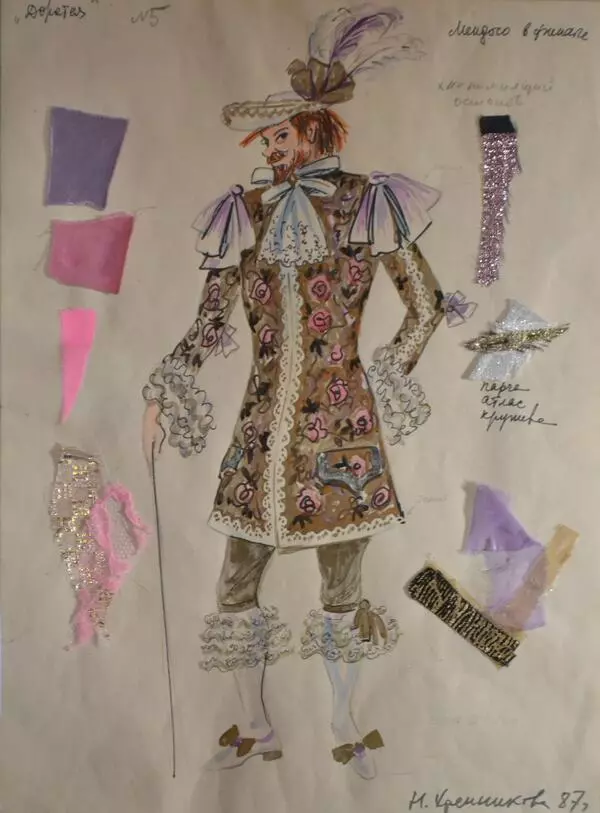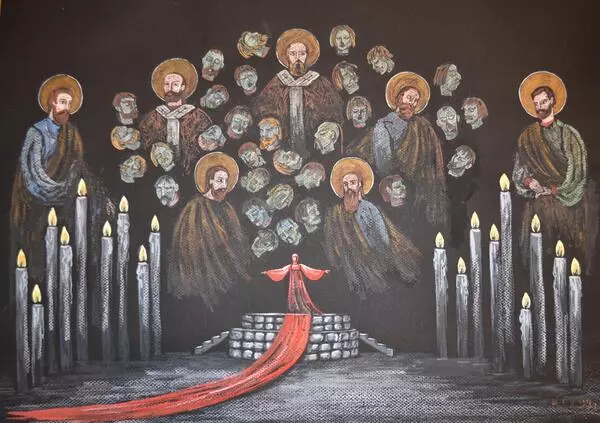Tikhon Khrennikov wrote his ballet “The Captain”s Daughter” in 1999 for the 200th anniversary of the Russian poet Alexander Pushkin (1799-1837). The decors were created by the composer’s daughter, theater designer Natalia Khrennikova, sketches of her works are kept in the house-museum’s collection. The premiere of the production took place in June at the Omsk State Musical Theater, and three months later in the capital, in the children’s musical theater named after Natalia Sats.
The story ‘The Captain”s Daughter’ is one of the last and most famous works of Pushkin. The plot is based on historical events in Russia in the 1770s, including the Pugachev revolt. The book was enthusiastically greeted by critics and readers, and Nikolay Gogol wrote: ‘Compared to’ The Captain’s Daughter, “all our novels and stories seem to be sugary scum”.
For the first time, Khrennikov turned to Pushkin’s story in 1958 — he was asked to write the music for the film of the same name directed by Vladimir Kaplunovsky. The main role was played by Oleg Strizhenov. The film met with a box office success and won the Golden Sail prize at the Locarno Film Festival (Italy).
Many years later, the composer again turned to the work of Pushkin. By that time, he had extensive experience in creating ballets — his ‘Love for Love’ and ‘Hussar Ballad’ were successfully performed on theaters throughout the country.
Khrennikov had his own view of ballet. He said: ‘Always admiring the art of ballet, I was often dissatisfied with its sometimes one-sided development — I mean the tragic nature of the plots that were used as the basis for ballet performances. Without rejecting this at all, I wanted to see festive, joyful, brilliant performances on the ballet stage, bringing beauty and inspiration to people. “The plot of “The Captain”s Daughter” was very suitable for such a performance: the blind impulse of popular rebellion and court balls, intrigues and duels, and a happy love story — these events served as a background for many beautiful melodies.
On the sketch you can see the scenery of Pugachev’s camp — the place where he met with companions-in-arms. In the left corner, Khrennikova placed a throne, which symbolizes power: according to the plot, Pugachev declared himself Emperor Peter III. The steps that lead to the chair look like a scaffold — this is a hint about the future fate of the impostor. The motif of burning candles was repeated throughout the entire performance.
The story ‘The Captain”s Daughter’ is one of the last and most famous works of Pushkin. The plot is based on historical events in Russia in the 1770s, including the Pugachev revolt. The book was enthusiastically greeted by critics and readers, and Nikolay Gogol wrote: ‘Compared to’ The Captain’s Daughter, “all our novels and stories seem to be sugary scum”.
For the first time, Khrennikov turned to Pushkin’s story in 1958 — he was asked to write the music for the film of the same name directed by Vladimir Kaplunovsky. The main role was played by Oleg Strizhenov. The film met with a box office success and won the Golden Sail prize at the Locarno Film Festival (Italy).
Many years later, the composer again turned to the work of Pushkin. By that time, he had extensive experience in creating ballets — his ‘Love for Love’ and ‘Hussar Ballad’ were successfully performed on theaters throughout the country.
Khrennikov had his own view of ballet. He said: ‘Always admiring the art of ballet, I was often dissatisfied with its sometimes one-sided development — I mean the tragic nature of the plots that were used as the basis for ballet performances. Without rejecting this at all, I wanted to see festive, joyful, brilliant performances on the ballet stage, bringing beauty and inspiration to people. “The plot of “The Captain”s Daughter” was very suitable for such a performance: the blind impulse of popular rebellion and court balls, intrigues and duels, and a happy love story — these events served as a background for many beautiful melodies.
On the sketch you can see the scenery of Pugachev’s camp — the place where he met with companions-in-arms. In the left corner, Khrennikova placed a throne, which symbolizes power: according to the plot, Pugachev declared himself Emperor Peter III. The steps that lead to the chair look like a scaffold — this is a hint about the future fate of the impostor. The motif of burning candles was repeated throughout the entire performance.
